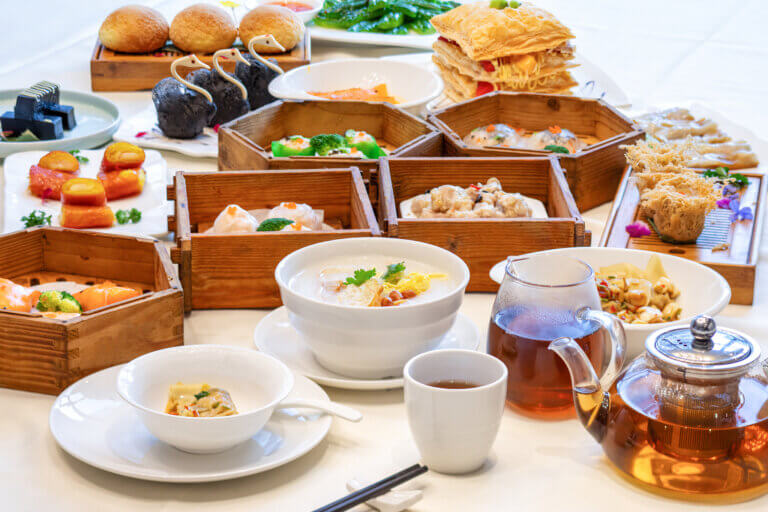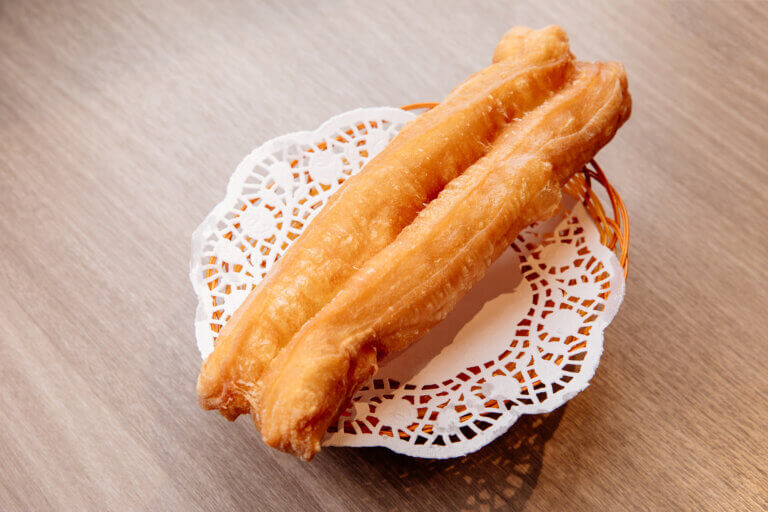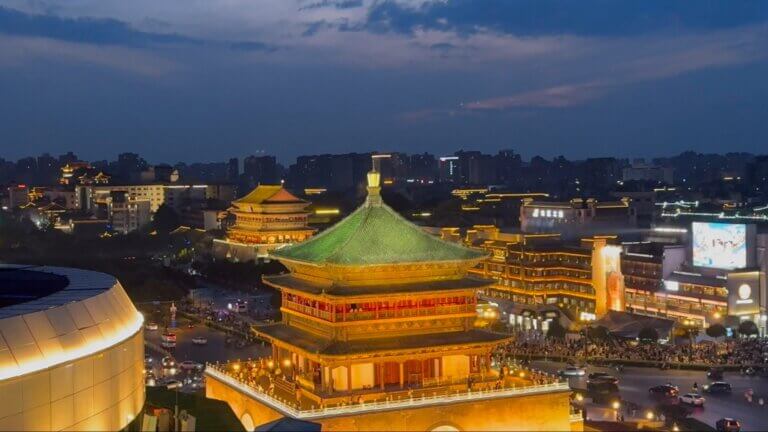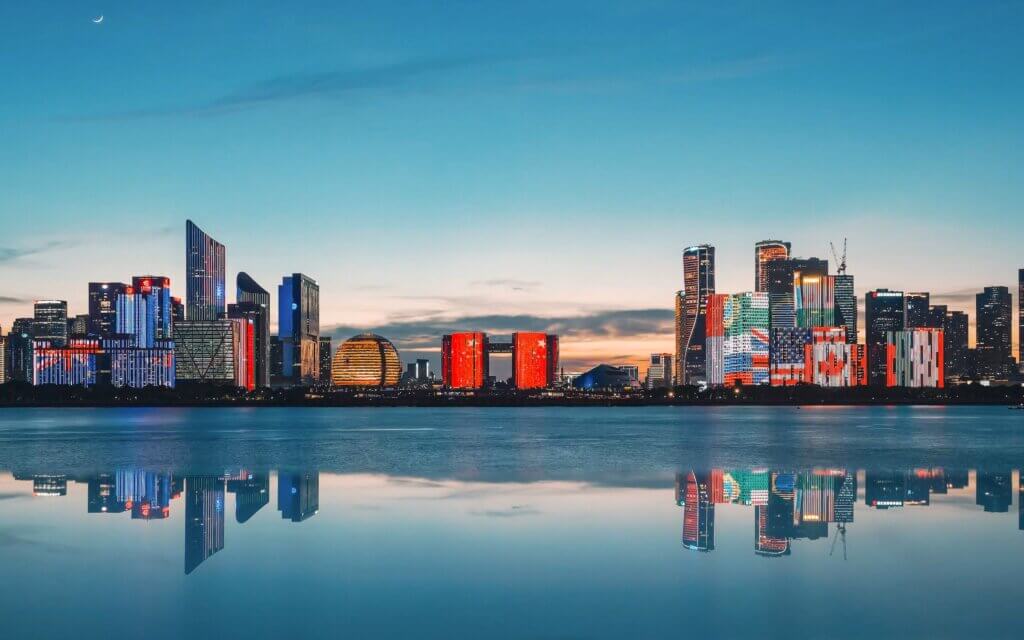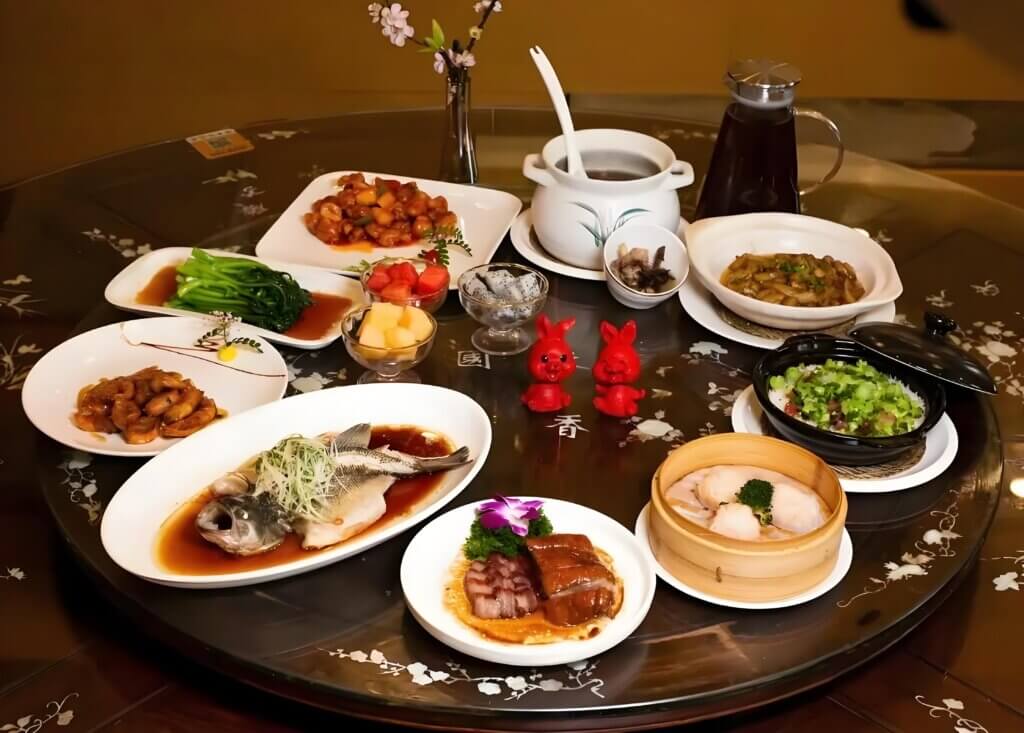
Huaiyang Cuisine: Where Knife Skills Meet Poetry
As a travel writer who once spent a week chasing the scent of vinegar and soy sauce through Yangzhou’s misty alleyways, I can confirm Huaiyang cuisine isn’t just food—it’s edible philosophy. Named after the Huai River and Yangzhou, this UNESCO-listed culinary tradition from eastern China turns simple ingredients into art. Let me walk you through what makes it unforgettable.
1. The Soul of Huaiyang Cuisine: Precision and Harmony
Huaiyang chefs are the surgeons of Chinese kitchens. At Yangzhou’s 150-year-old Fuchun Teahouse, I watched a chef slice tofu into 18,000 hair-thin strands for “Wensi Tofu”—a dish resembling a snow-white chrysanthemum blooming in clear broth. This knife work (dao gong) isn’t showing off; it’s about maximizing texture and flavor absorption.
Three pillars define Huaiyang cuisine:
- Seasonal obsession: Menus shift weekly to use peak-freshness produce. Spring means tender bamboo shoots; autumn brings crab roe.
- Broth alchemy: Stocks simmered for 8+ hours from free-range chickens and Jinhua ham bones form the base of 70% of dishes.
- Visual poetry: Ingredients are carved into lotus flowers, phoenixes, or delicate bridges—a tradition dating to imperial banquets.
2. Flavor Profile: The Art of “Subtlety”
Western palates expecting fiery Sichuan peppers or pungent garlic might need to recalibrate. Huaiyang cuisine whispers rather than shouts. During a cooking class at Slender West Lake Hotel, Chef Li taught me their golden ratio:
- Salt: 60% (to enhance natural sweetness)
- Sugar: 30% (never enough to taste “sweet”)
- Vinegar: 10% (Zhenjiang black vinegar for fruity depth)
Signature flavor pairings:
- Freshwater treasures: Crab + ginger vinegar
- Land and water: Braised pork belly (Hongshao Rou) + dried scallops
- Umami boosters: Bamboo shoots + Shiitake mushroom broth
3. Must-Try Dishes for Foreign Travelers
From street stalls to Michelin-starred restaurants, these dishes deliver Huaiyang’s essence without challenging unfamiliar palates:
A. Lion’s Head Meatballs (4–4–8)
Not actual lion, but fist-sized pork patties simmered in broth until they wobble like jelly. The version at Yangzhou’s Shiweizhuang restaurant melts into a savory-sweet cloud. Pro tip: Crack open the crispy “shell” to release aromatic steam.
B. Dazhu Gansi (Braised Shredded Tofu) (3–3–6)
The ultimate test of knife skills—tofu threads thinner than angel hair pasta, served in a golden chicken broth. Locals eat this for breakfast with Xiaolongbao (soup dumplings).
C. Crab Roe Soup Dumplings (10–10–15/6 pieces)
Seasonal (Oct–Dec only!). Each translucent dumpling holds a shot of hot, creamy crab roe broth. At Suzhou’s Songhelou, they teach you to sip carefully: “First kiss the dumpling, then drink the ocean.”
D. Squirrel-Shaped Mandarin Fish (12–12–18)
Sweet-and-sour crispy fish scored to splay like a pinecone. The theatrical presentation (fried head “squirrel” included) makes it perfect for Instagram.
4. Navigating Huaiyang Dining: Pro Tips
Having burned my tongue on a rogue soup dumpling and committed chopstick faux pas, here’s my survival guide:
- Book ahead: Top spots like Yangzhou’s Yechun Teahouse fill up by 9 AM.
- Portion wisdom: Dishes are smaller than in Northern China. Order 1.5 per person.
- Spice hacks: Chili oil isn’t standard; carry mini hot sauce if needed.
- Tea pairing: Jasmine tea cuts through rich dishes; Biluochun green tea complements seafood.
- Etiquette note: Never flip a fish—it symbolizes bad luck for fishermen.
Final Bite
Huaiyang cuisine taught me that sophistication lies in restraint. It’s not about overwhelming your senses but coaxing them to notice how a single shrimp, sliced just so, can carry the freshness of the Yangtze River. For travelers weary of generic “Chinese food,” this is gastronomic mindfulness—one delicate, broth-kissed bite at a time.
Hungry for more? Check my Yangzhou food map with 20+ hidden gems (from 2 breakfast noodles to 2 breakfast noodlesto 50 imperial banquets) linked in bio!
